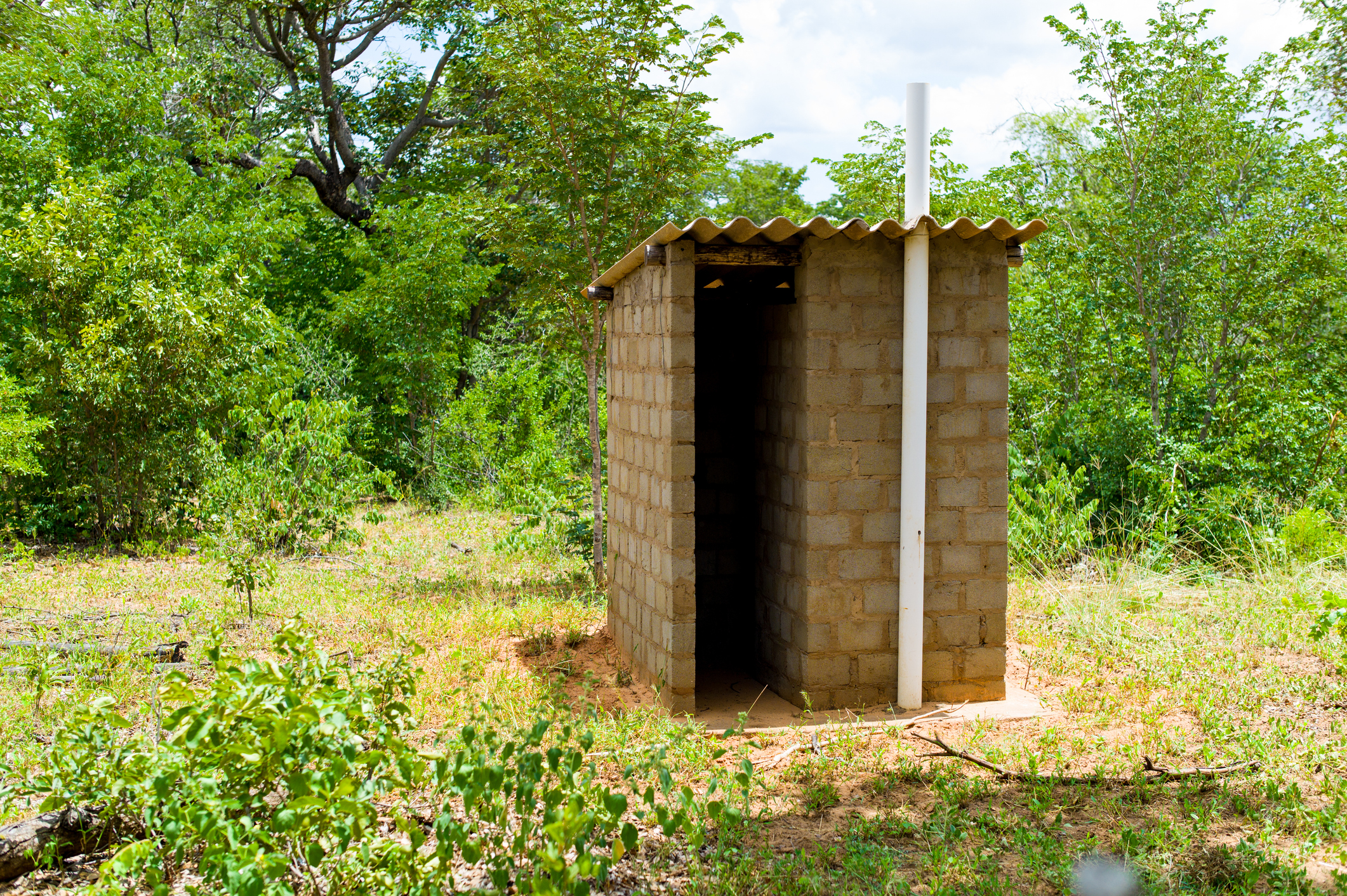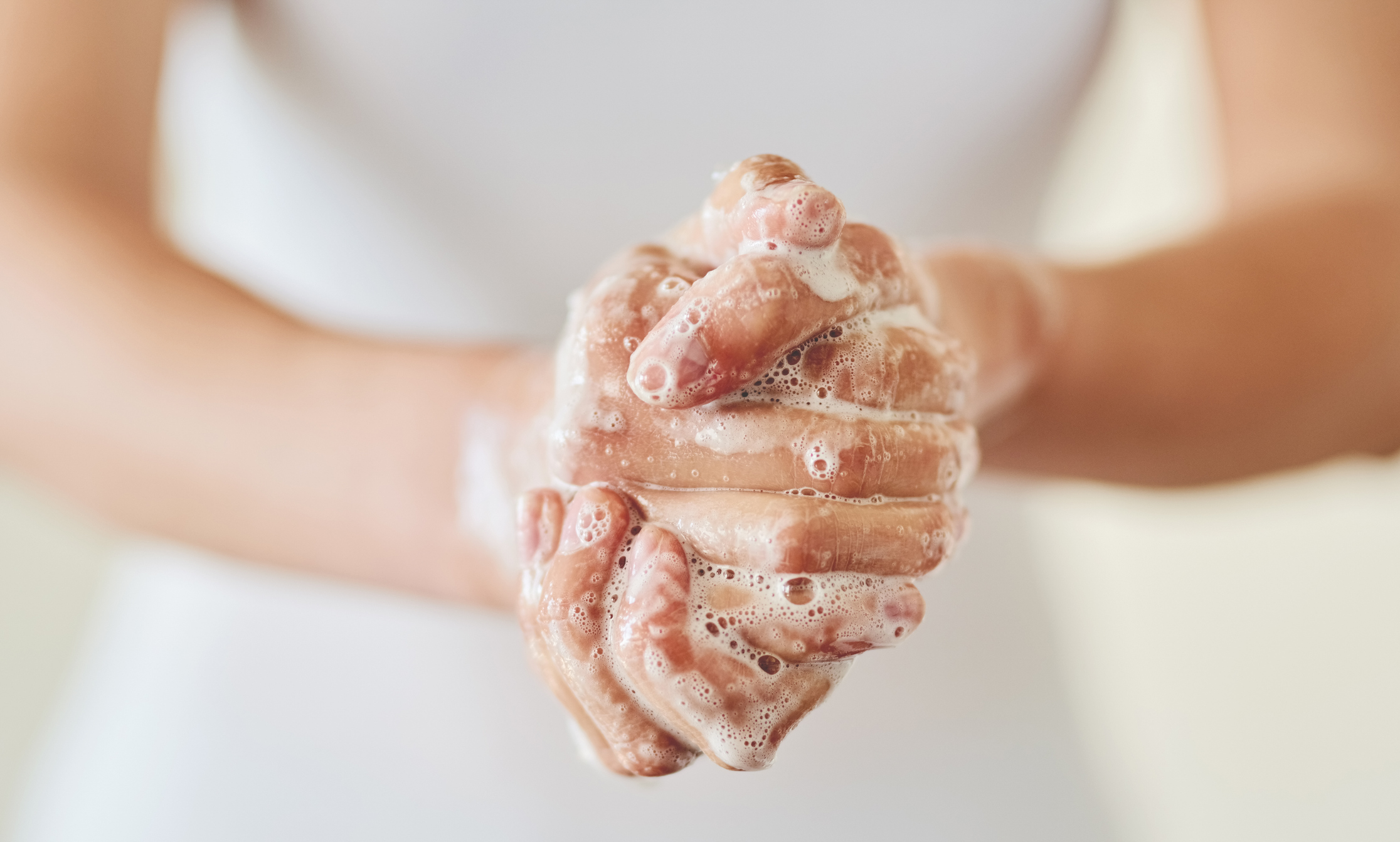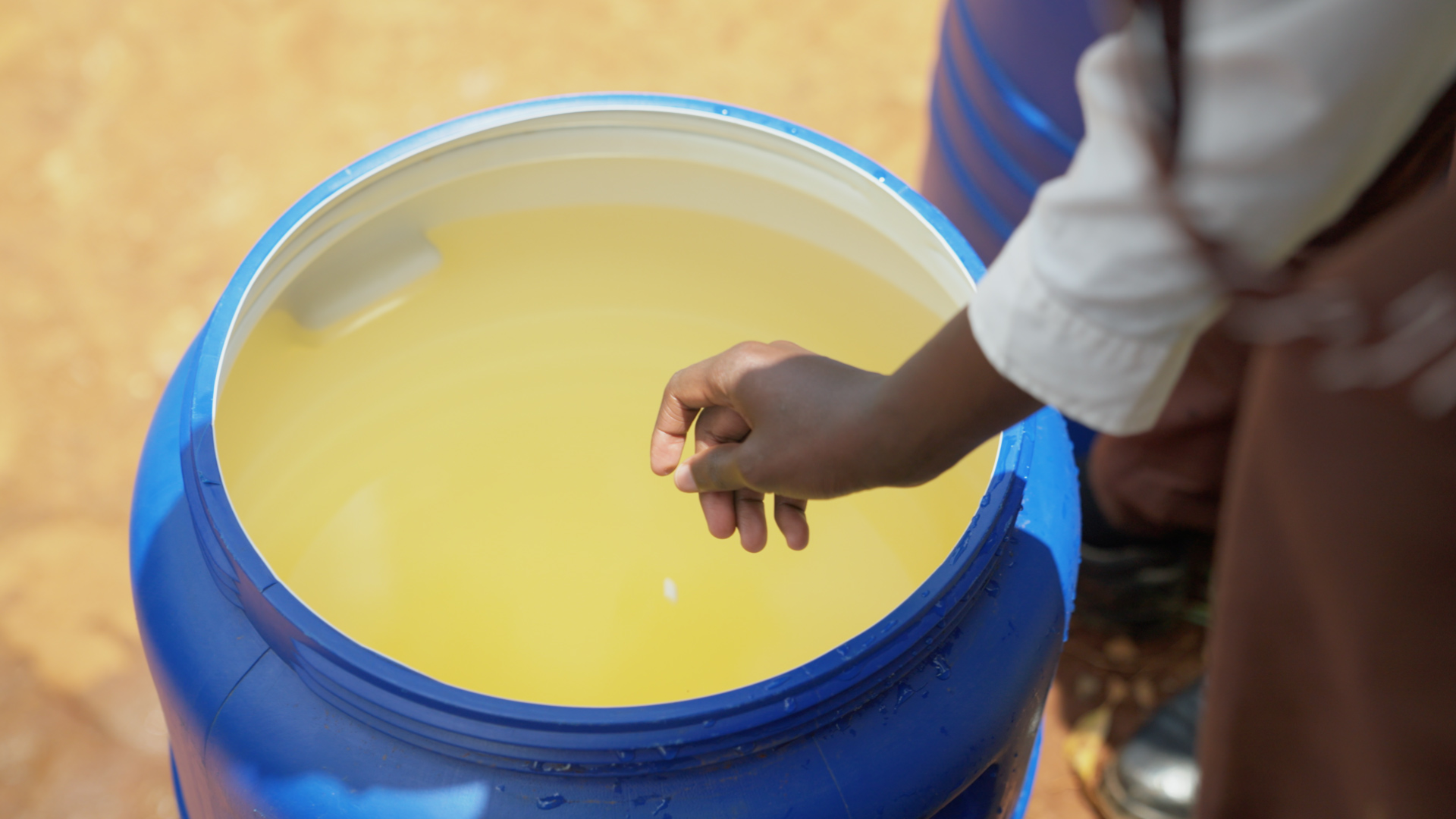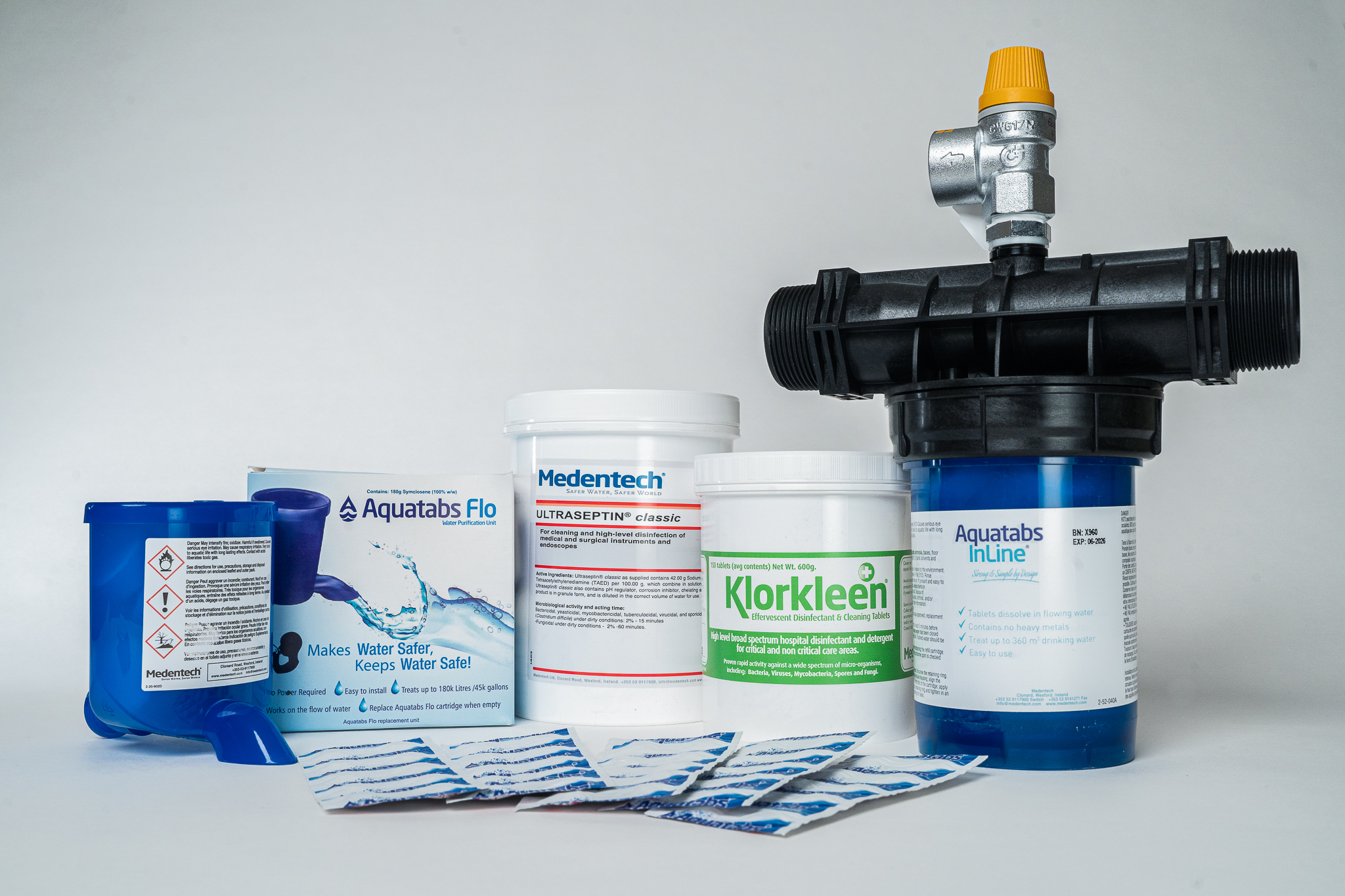A Guide to Core WASH Principles
This WASH principles guide explores the three foundational pillars of public health: Water, Sanitation, and Hygiene. Understanding this interconnected system is critical. It helps prevent disease, reduce poverty, and build resilient communities worldwide.
The impact is felt most severely by the most vulnerable. According to a UNICEF report, diarrhoeal diseases are a leading cause of preventable death in children under five. These illnesses are directly linked to unsafe water and poor sanitation. By focusing on clear WASH principles, organisations and community leaders can implement strategies that save lives.
This practical guide will break down each component of WASH, exploring the core principles and effective strategies that can lead to a healthier future.
The First Pillar: (Wa)ter – Securing the Source
The journey to public health begins with water. A safe and reliable water source is the non-negotiable starting point for any successful WASH programme. This means identifying sources like wells or boreholes. More importantly, it means protecting them from contamination like agricultural runoff or animal waste.
However, even clean water can become contaminated during transport or storage in the home. This final stage is often where the biggest risks lie. Harmful germs can get into the water at any point before it’s consumed.
This is why point-of-use (POU) water treatment is such a critical intervention. Simple and effective methods used in the home, like filtration and disinfection, ensure that water is safe right at the moment of consumption. Disinfection is vital for neutralising invisible, illness-causing microorganisms. These microbes—like bacteria, viruses, and protozoa—pose the biggest threat to human health.
The Second Pillar: (S)anitation – Breaking the Chain of Disease
If safe water is the first step, effective sanitation is the crucial second step that protects it. Sanitation is more than building toilets. It’s a system that safely contains human waste to break the chain of disease transmission. Without it, water sources can become easily contaminated. This undoes all the benefits of providing clean water in the first place.

The primary goal of good sanitation is to prevent human contact with faecal matter. In many communities, this means promoting the use of safe and hygienic latrines. An effective sanitation facility prevents waste from seeping into the groundwater, keeps flies and other vectors away, and provides a safe and private space for individuals.
When sanitation breaks down, the results can be devastating. Pathogens like Cholera and Typhoid can spread rapidly through a community, often through water sources contaminated by unsafe waste disposal. Therefore, a focus on improving sanitation infrastructure is a fundamental and non-negotiable part of any successful WASH programme.
The Third Pillar: (H)ygiene – The Power of Prevention
Hygiene is the final, crucial barrier against disease. It comes down to the simple actions and habits that stop germs from spreading, which protects the clean water and safe sanitation systems that have been put in place. Even with access to these resources, without proper hygiene, the risk of illness remains high.

The single most impactful hygiene practice is handwashing with soap and running water. Promoting handwashing at critical times is essential for health. Simple actions, like washing hands before preparing food or after using the toilet, can dramatically reduce the transmission of diarrhoeal diseases. Good hygiene is a fundamental part of any WASH principles guide.
Beyond handwashing, good hygiene also includes:
- Safe Water Storage: Using clean, covered containers to store drinking water and prevent re-contamination in the home.
- Food Hygiene: Washing food with safe water and keeping cooking areas clean.
Hygiene education is a vital component of any WASH initiative, empowering individuals with the knowledge to protect themselves and their families.
The Integrated Approach
Applying This WASH Principles Guide
It is critical to understand that Water, Sanitation, and Hygiene are not a menu of options to choose from; they are a single, interconnected system. The success of one pillar depends directly on the success of the others.
For example, a community can have access to a perfectly clean water source, but if sanitation is poor, that source can become contaminated. Likewise, clean water can be brought into a home but then become unsafe due to poor hygiene practices, like using dirty hands to retrieve it from a storage container.
A truly effective WASH programme addresses all three components simultaneously, creating a powerful, multi-barrier defence against disease and building a lasting foundation for community health. This integrated strategy is a core message in this WASH principles guide.
How Aquatabs Supports a Complete WASH Strategy
A key part of the ‘Water’ pillar is effective point-of-use (POU) disinfection, and this is where Aquatabs provides a simple, reliable, and globally trusted solution. For NGOs, health agencies, and community leaders, our products are a powerful tool to ensure water is safe at the moment of consumption.
To support the full scope of a WASH programme, particularly in healthcare settings, we also offer the comprehensive Aquatabs WASH Kit.
This kit is vital for controlling disease outbreaks and avoiding health crises in resource-limited areas, providing a complete disinfection solution:
- Water Disinfection (Tablets / Flo / InLine): Rural healthcare facilities have unique needs. Our single-dose effervescent tablets purify water volumes from 1L to 2,500L, while our Aquatabs Flo and InLine systems offer continuous disinfection for piped water systems, with or without electricity.
- Surface Disinfection (Klorkleen): Preventing infections requires clean surfaces. Klorkleen tablets dissolve to deliver an exact and effective dose of disinfectant every time, killing bacterial spores, viruses, and yeasts on contact surfaces to reduce hospital-acquired infections.
- Hand Disinfection (Soap): Soap and water remain the most effective methods for removing germs. The mechanical action of scrubbing with soap lifts dirt, grease, and microbes from the skin, disrupting their structure and washing them away.
- Instrument Disinfection (Ultraseptin): Rigorous disinfection of medical instruments is crucial for preventing post-procedure complications. Ultraseptin provides high-level disinfection for medical instruments, including endoscopes, killing bacteria, viruses, and even C. difficile spores.
By providing a complete kit, we help organisations address multiple parts of the WASH cycle simultaneously, enhancing patient care and survival.
Building a Healthier Future, Together
Implementing a comprehensive WASH strategy is one of the most impactful investments an organisation can make in public health. By addressing water, sanitation, and hygiene in an integrated way, we can create a sustainable cycle of health and opportunity for communities around the world.
If your organisation is looking for a trusted partner to support the disinfection components of your programmes, our team is here to help.
Make an Enquiry About Bulk Orders or Distribution


